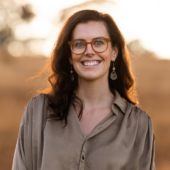How Australian agritech startup FluroSat cracked the US market
CEO and Founder of FluroSat, Anastasia Volkova shares her lessons on entering the US agritech market, how it differs to Australia and the most valuable relationships that helped her pivot with maximum impact.
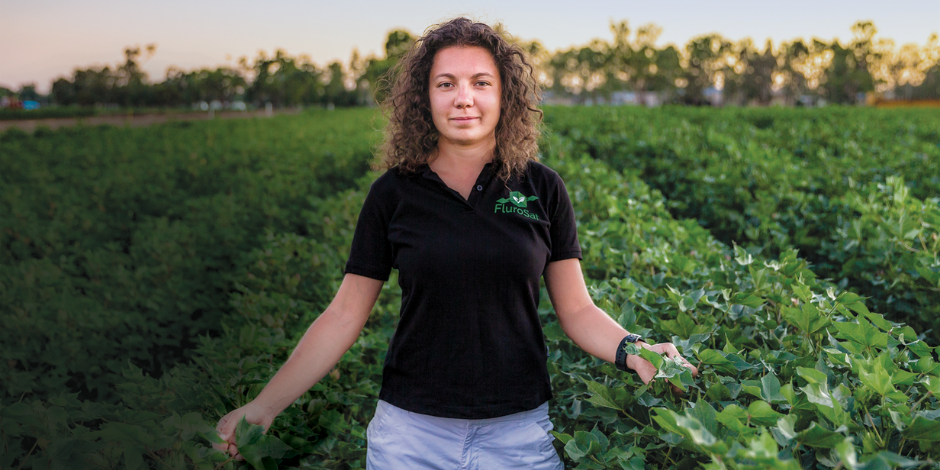
Anastasia Volkova’s number one tip to startups entering the US agritech market is to be targeted. “Don’t tackle the US as one country, think of it as 50 different states, first and foremost.”
The state-to-state differences are absolutely huge, Anastasia stressed and being able to “unlearn” is a necessary skill in transitioning to a new market – and knowing that what worked at home won’t always work abroad.
This flexibility has guided FluroSat’s success to greener pastures, quite literally across the globe, now covering 10 million hectares in 45 countries – a huge uplift from 15 countries in 2019.
Using cutting-edge crop models, developed with and licensed out of CSIRO, FluroSat combines remote sensing technologies and data collected from drones and high-resolution satellite imagery to assess crop-type specific health, including detection of crop stress, disease and yield predictions to propose solutions for agronomists and farmers to enhance their triple bottom line. This means less water wastage, less pesticides and controlled use of fertilizer.
Anastasia’s vision to create a global-standard science-based agronomy and sustainable crop management tool has been achieved, becoming one of Australia’s top-tier startups headquartered in Sydney-based incubator, Cicada Innovations and operating out of Brazil, US and Ukraine.
Her technology has decreased the average farm’s water use by 25% and its average pesticide use by 30%. FluroSat is primarily used in broadacre crops, such as cotton, wheat, maize, canola, barley and sugar cane but capable of monitoring any type of crop grown on Earth.
How FluroSat strengthened its product offering
Since launching in 2016, as part of Sydney University’s “Inventing the Future” innovation program, the Ukrainian-born entrepreneur and aeronautical engineer with a PhD in autonomous drone navigation has secured $1.5 million in grants and investments from CSIRO’s Main Sequence Ventures, AirTree Ventures and the Cotton Research Development Corporation (CRDC), and seed-funding led by Microsoft’s M12 Venture Fund in 2017.
FluroSat recently acquired US soil startup, Dagan, in January 2021 and co-launched, Regrow, a new company geared with soil biogeochemical modelling and proven Measurement, Reporting & Verification (MRV) processes, to adopt, scale and monetise resilient agricultural practices to drive the value of carbon markets.
This success hasn’t been without its setbacks. In the early stages of development FluroSat struggled with uptake in Australia, as is the case with many startups looking to validate their value proposition, FluroSat looked into the US market.
This has been a common theme for Australian and NZ startups and many evokeAG. speakers have suggested that you need to do it to make sure your local market is actually getting the best solution.
“The Australian market was not necessarily impressed with an early version of [our product], but also couldn’t really tell us where to take it next and how it could result in the business model.”
“So we had to take the product away to polish it with the market that was more open to it [being the US], to bring it back and start getting traction back in Australia.”
Anastasia explained, that the Australian market tends to be quite “research-heavy and product orientated compared to the US,” – with the calibre of “CSIRO’s research heavily contributing to that”.
“Australia is a much smaller market, where the expectations are a lot higher for the accuracy or the functionality of the software, which translates into a higher barrier to even enter and start demonstrating your solution.”
So Anastasia began her exploration in the US with the help of Austrade, taking part in their international delegation to the World Agri-tech Innovation Summit in 2018 in San Francisco and again in 2019, “where a lot of important connections were made”.
These trips included visiting parts of the Midwest and several other growing regions around Salinas Valley, along with participation in Austrade’s San Francisco Landing Pad and US food tech accelerator, FS6, based in Silicon Valley.
RELATED: Bigger is better: Opportunities for agritech in the US market
“California was a natural landing spot coming from Australia,” she said, with an initial focus on cotton using partnerships in the Australian market to engage with US farmers and crop advisors to better understand their needs.
However, cotton farming in the US is “commodity-driven” as opposed to Australia’s high-yielding irrigated crop, she explained. This stark difference meant less farmers were incentivised to plant cotton in the US as prices were falling, she said, which signalled there was less justification for digital monitoring tools, like FluroSat.
“We quickly realised that we needed to expand our portfolio of crops and actually start working with corn and beans, as well as bring our expertise in winter cereals and oilseed that we actually had from Australia.”
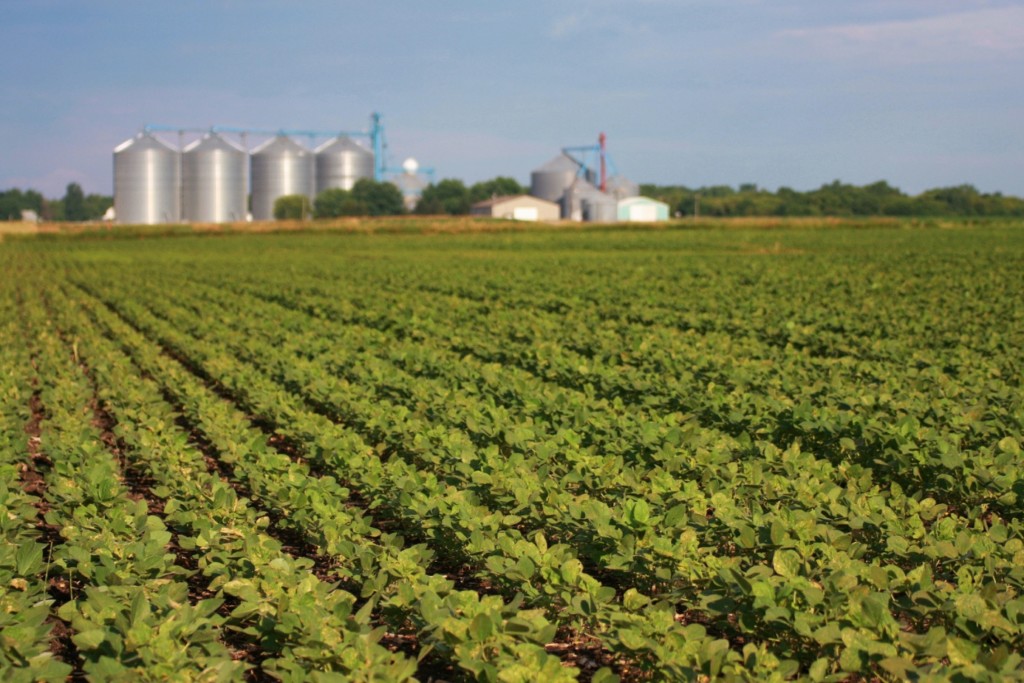
Drawing upon cropping knowledge from home, was useful in fine-tuning FluroSat’s crop modelling approach, which they’ve developed through CSIRO – now adaptable to markets across the globe.
RELATED: Innovative plastic mulch alternative set to increase crop water productivity by 30%
Anastasia explained, “Its calibration and localisation in other regions is still something that’s a work in progress and we’re actively contributing to it. But we were fortunate enough to find through that CSIRO community other people in the US who worked with the same model or similar models and start collaborating with them.”
“Now we have strong research collaborations across the US with several state universities and research institutes that allow us to have that ongoing collaboration.”
“In the last several years, there’s been an explosion of startup accelerators and different groups around the state capital and each of the key growing regions.”
RELATED: Iowa offers a fertile landing pad for Australian agritech entrepreneurs
Australia vs US agriculture – markets, mindsets and agritech adoption
From afar, Anastasia said Australia and the US look quite similar when you’re observing agricultural production, supply of fertilizer and chemicals to the farm and who the farmer sells to.
“But actually, if you dive deeper, they’re not wired the same and you start to see differences. Like how many farmers use an agronomist or crop advisor, whether that crop advisor is independent or affiliated with a company that’s providing seed or chemical or is a food processor buying their product.”
Why is this important? Anastasia said, “Assessing models and services that those stakeholders provide farmers can give some crucial insights into how a young startup should approach the market.”
“The differences are so big, not just in the growth periods of corn, but more so in the state laws and what state programs are there, state incentives and groups that can help you promote your work or be involved in the work of organisations that can benefit from your work to start getting local traction.”
Additionally, the Australian agricultural industry is not powered or supported by subsidies and a set of insurances that effectively guarantee that the farmer and their risk will be shared in production, said Anastasia.
RELATED: Getting ready for even faster, smarter farms
“This is a really important aspect for technology adoption because the companies whose profitability in a way is somewhat ensured, the feeling is a bit more positive and are in fact more active in terms of investing in new technologies.
“When we’re comparing customers it’s important to gauge their adoption rate and how interested they would be.” She added, “You need to capture and understand those differences and go where you can gain revenue as well as useful learning, as this effectively guarantees that you get to play the game and learn more.”
Fruitful partnerships, trials and raising capital
If you want to improve any competitive part of your product, Anastasia said, “it’s important to find partners with whom you can make that improvement a constant flux of collaboration”.
Over the last four years FluroSat has been working on collaborative projects and trials with CRDC, based in Narrabri, NSW with joint support from CSIRO and The Australian Cotton Research Institute, owned by the NSW Department of Primary Industries (DPI), to refine its core offering.
Our greatest competitive advantage is the yield modelling and fertilizer recommendations delivered via FluroSense, she explained which is the analytics engine that runs these optimisations, connects to farm management systems and weather stations and sources satellite or aerial imagery.
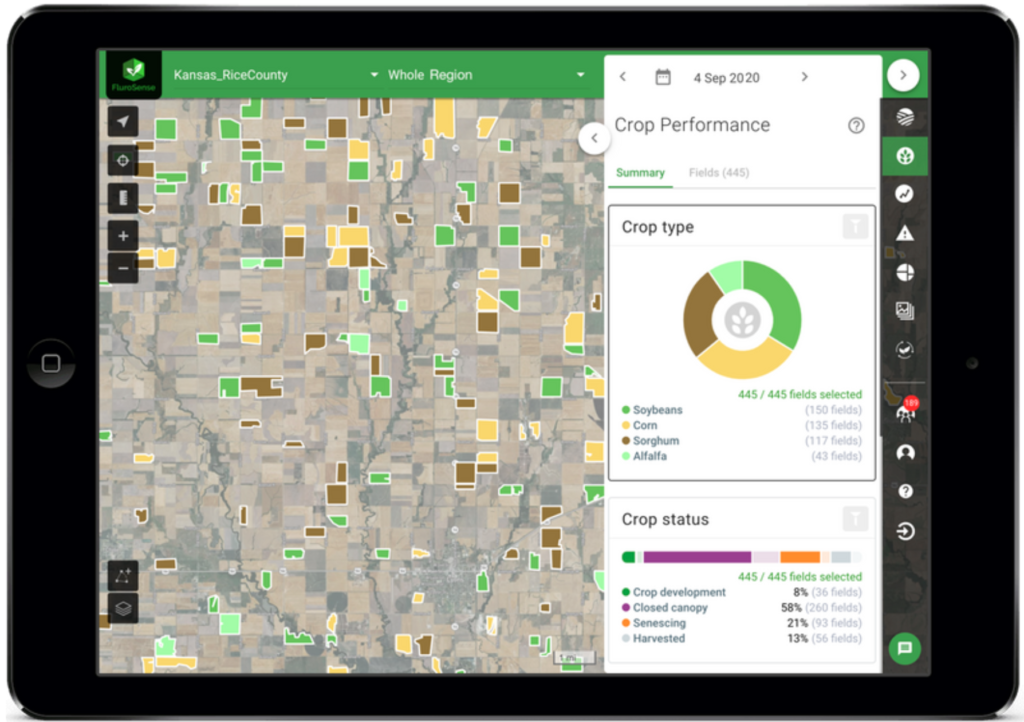
With FluroSense Dashboard, you get visibility of all crops, in various stages of growth, on a single screen.
“We’ve been following the nitrogen trials in Narrabri and helping the team there to analyse the data across different seasons, different irrigation regimes and different fertilization regimes.”
Anastasia said FluroSat is also working with Iowa State University (ISU), on a similar collaboration trialing nitrogen in cereals, grains and corn to try to simulate the trial behaviour and see if they can accurately predict the outcomes and how that extrapolates to the Iowa area and way beyond.
“Almost every agricultural state, if not all of them [in the US] has a land-grant university that has been given a mandate to perform field trials and support growers in their state with the extension network. This is also a very powerful source of allies for new technology because those extension workers often are keen or interested in seeing new technology and offering their advice.”
“The competitiveness of the US market should not be underestimated,” Anastasia explained. Co-innovation is not uncommon in the US because investors want to reap the benefits with you, she added.
“Investors in the US are really looking at doing business and deploying capital and that tends to make them quite efficient in their interactions with startups, which is also great because you can run an efficient process.”
In saying that, Anastasia praised Australia’s investors. “Main Sequence Ventures and AirTree were brilliant in supporting us in international connections and led to us securing the investment from Microsoft. So that just speaks volumes at what funds like that can do when they have these international connections.”
On the horizon: Market gaps and agritech opportunities
FluroSat continues to extend its global presence in Latin America and Eastern Europe. Anastasia’s forward-thinking nature means she’s always looking for opportunities and advised startups firstly, that there needs to be more data to providers and farmers.
“We see that there is a disruption coming in how the financial and insurance services are provided to the farmer and I think that’s an important space to look into – that kind of ag fintech cross-section.
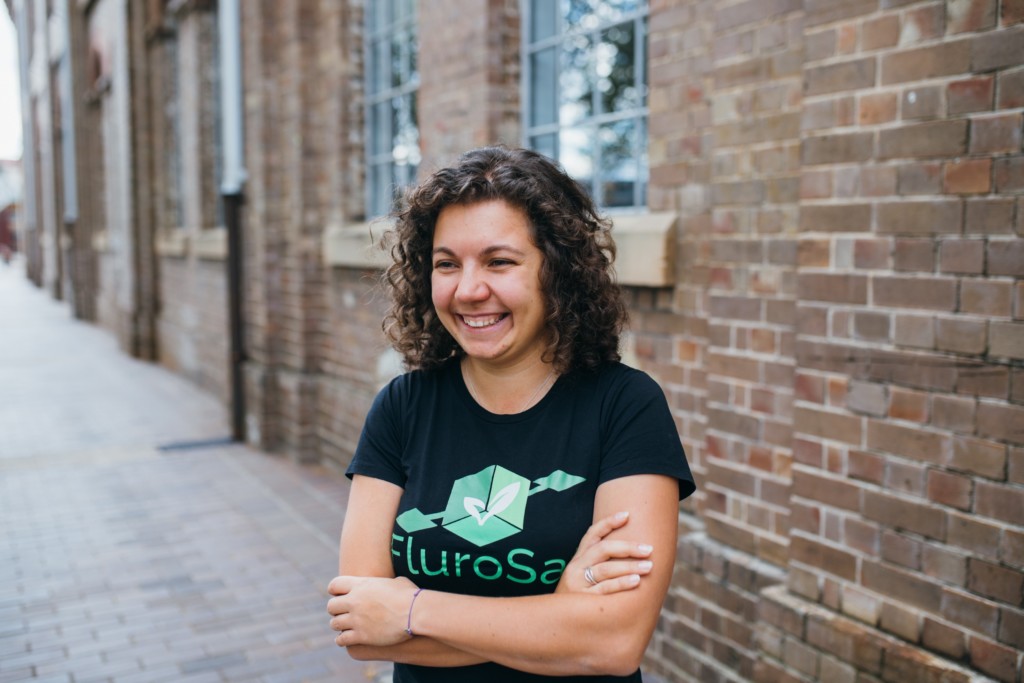
Secondly, there is always going to be more need for connectivity, and solutions that work in places where there is no cellular coverage, no fibre optic coverage.”
“These can be solutions that actually help the farmer or the agronomist to transfer the data either on their property or between the machinery and different devices they use. In the US it’s a pretty big issue – which is really hampering the adoption of agtech.”
Anastasia said startups need to have their eyes peeled for different virtual events people are hosting. Timezones and the pandemic shouldn’t hinder one’s ability to network, she said. In fact, “I think it’s actually easier to get hold of people nowadays because they’re all glued to their computers – so take advantage of that.”
Enjoyed this story? Want to learn more about the Asia Pacific region’s innovative agrifood tech ecosystem? Sign up for our newsletter here and receive fresh stories about global leaders, farmers, startups and innovators driving collaborative change.
